#HELSINKI — The People’s Liberation Army is working comprehensively on the technology and training tools for on-orbit satellite refueling for both peacetime and wartime scenarios.
The People’s Liberation Army (PLA) is already integrating lessons learned into military doctrine and training tools, while a defense contractor has already demonstrated what it calls a space fuel tanker in geosynchronous Earth orbit ( #GEO ), according to a report published by the China Aerospace Studies Institute (CASI) March 18.
The report underlines that the #PLA has a strategic focus on enhancing its on-orbit logistics capabilities and is integrating commercial enterprises into the space sector. These developments have potential implications for international space operations norms and should prompt action by the U.S. Space Force to attain similar capabilities and readiness
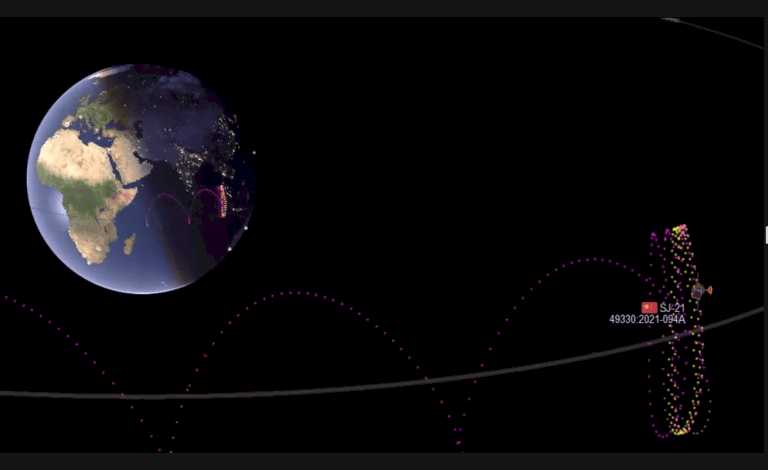

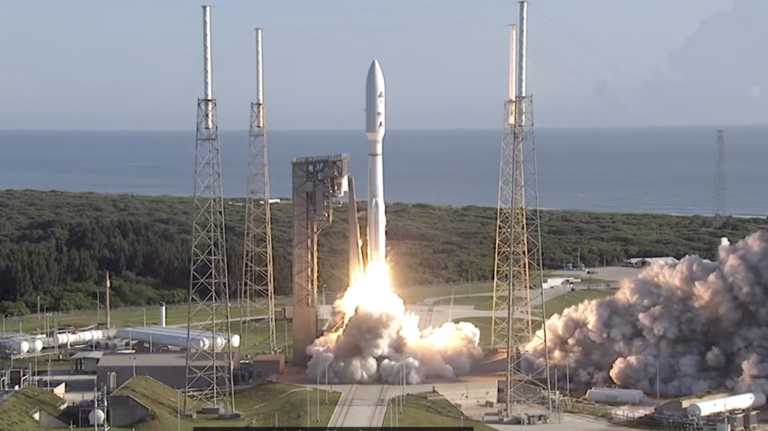


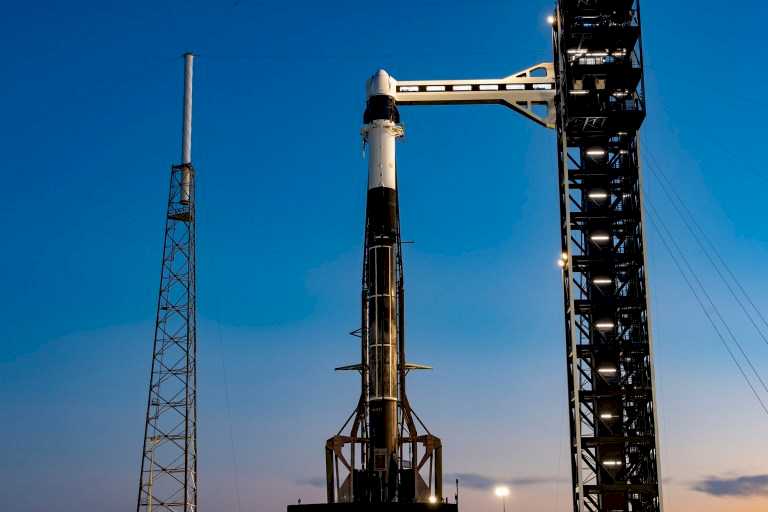
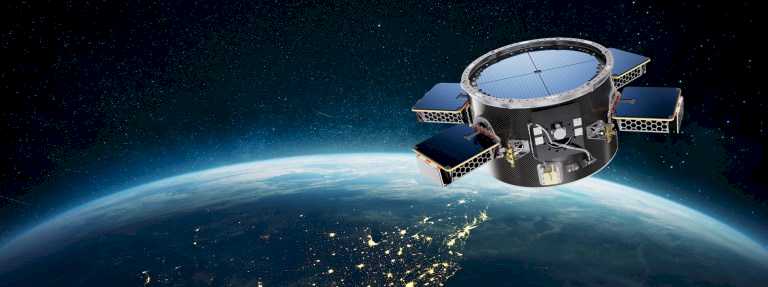
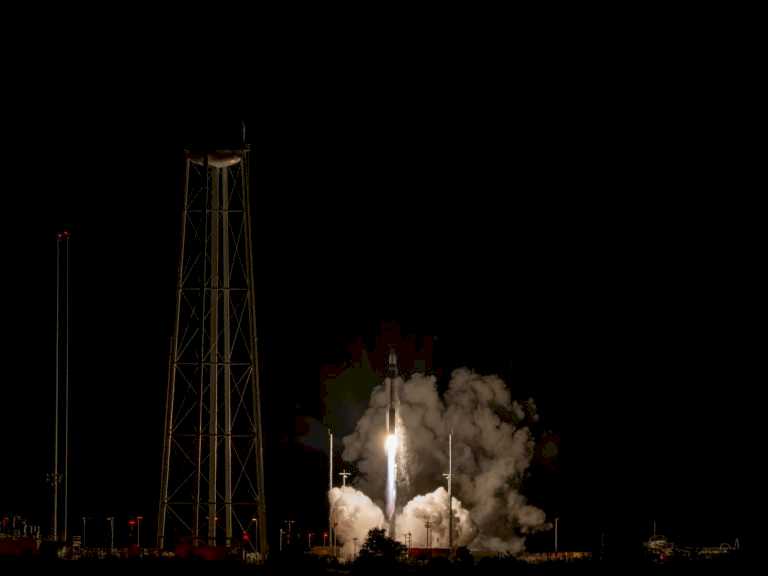
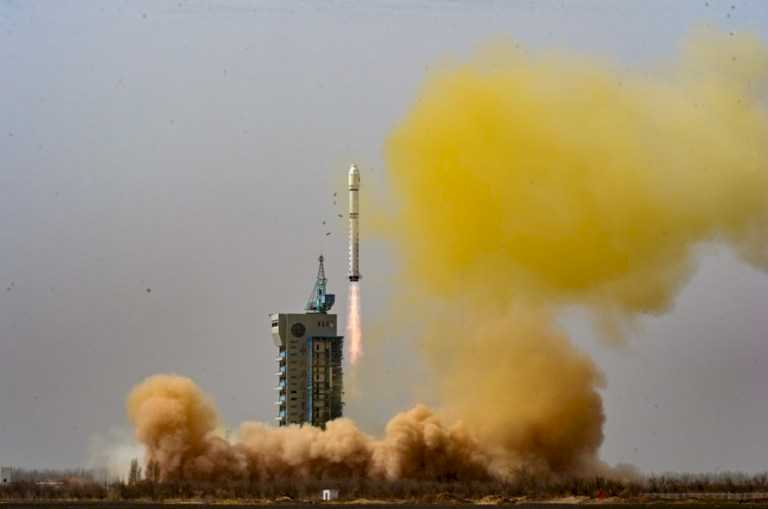
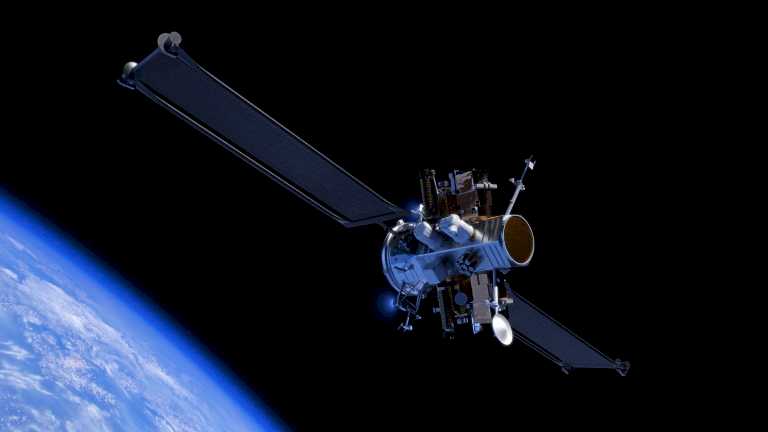
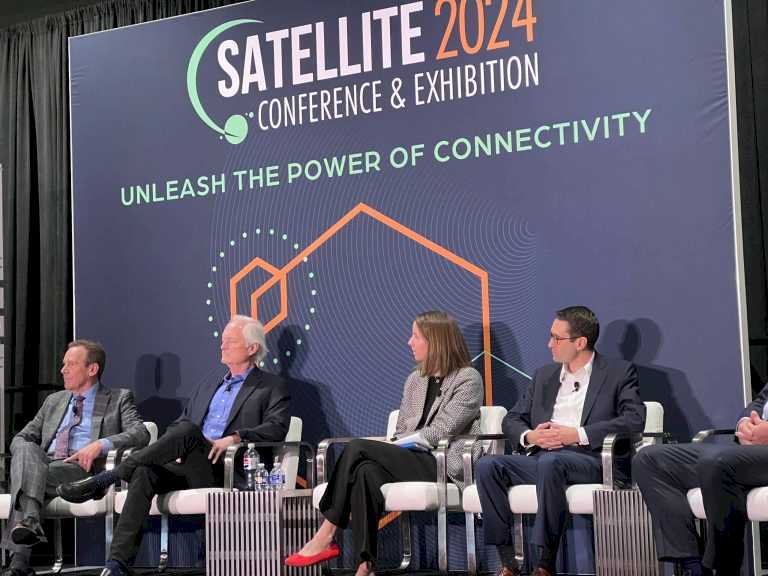
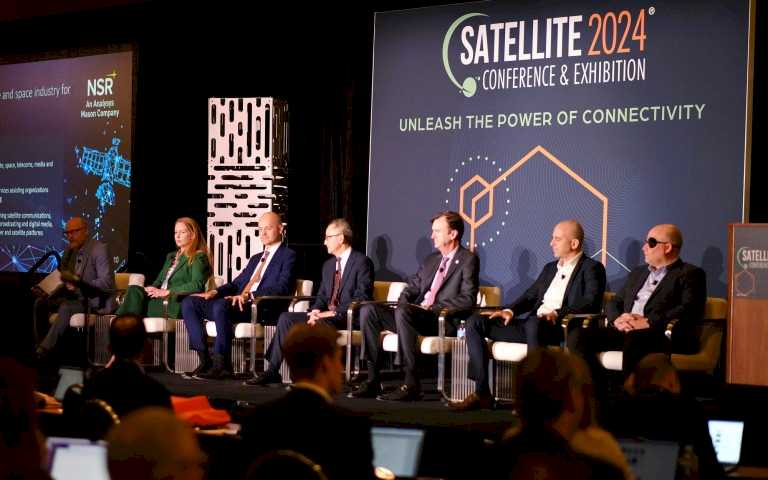
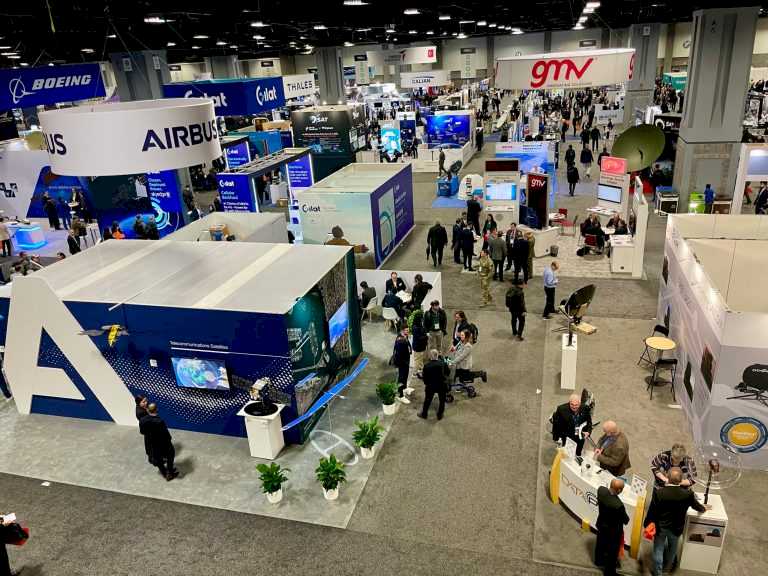



Space news on Umojja.com